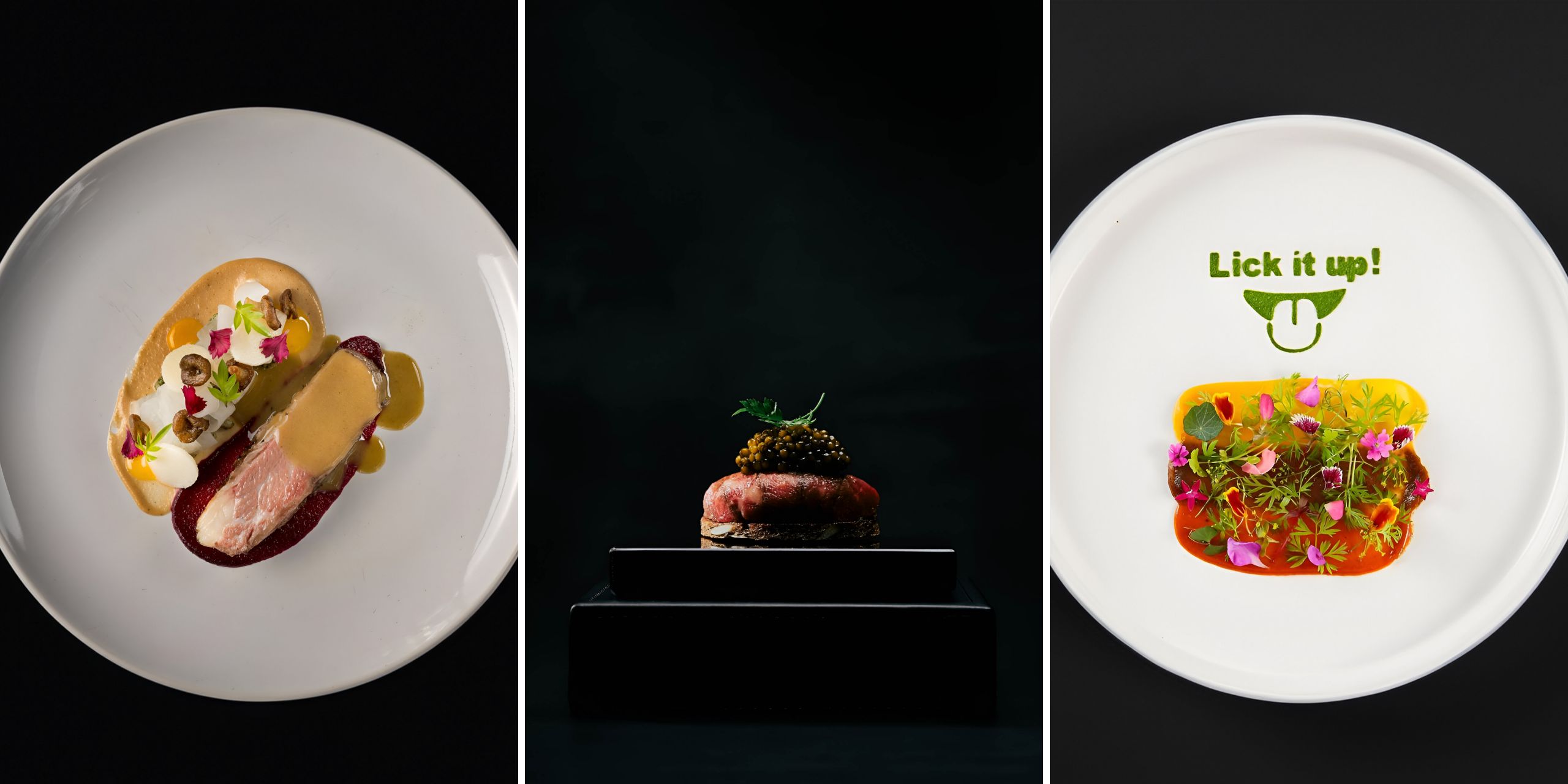
It’s approaching sundown in Bangkok and the steamy tropical air is thick with a sense of hungry anticipation. The atmosphere in the city is always heady in the early evening. And as the last rays of light leak from the sky, bathing gold-spired temples in an ethereal glow, locals apply themselves to the day’s big event: dinnertime.
At street-side noodle stalls, the chatter of excitable conversation is only occasionally drowned out by the sound of loud, satisfied slurps. In traditional shop-house restaurants, gatherings of extended family avail themselves of giant platters piled high with fried rice and vegetable and terrines filled with spicy soups and fiery curries.
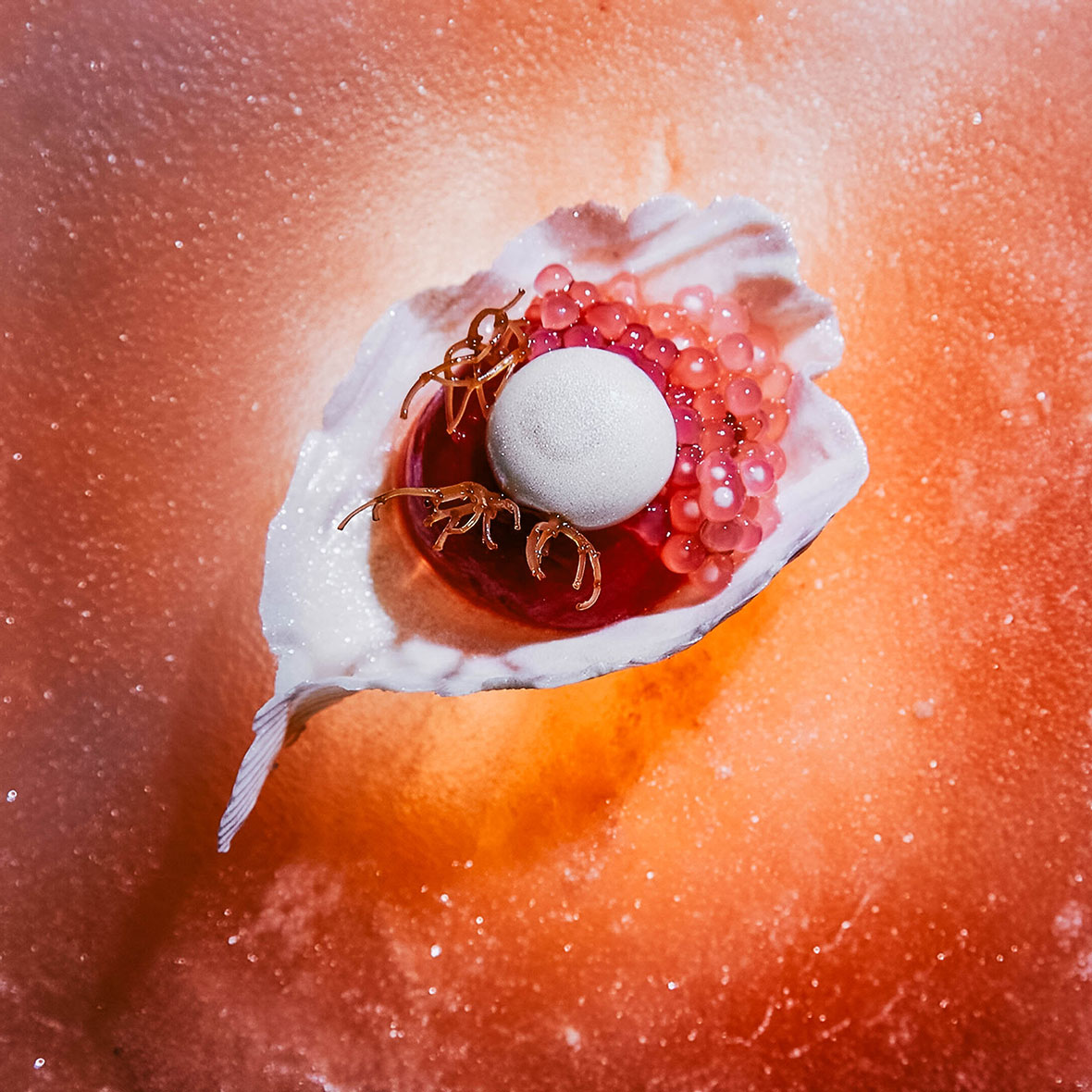
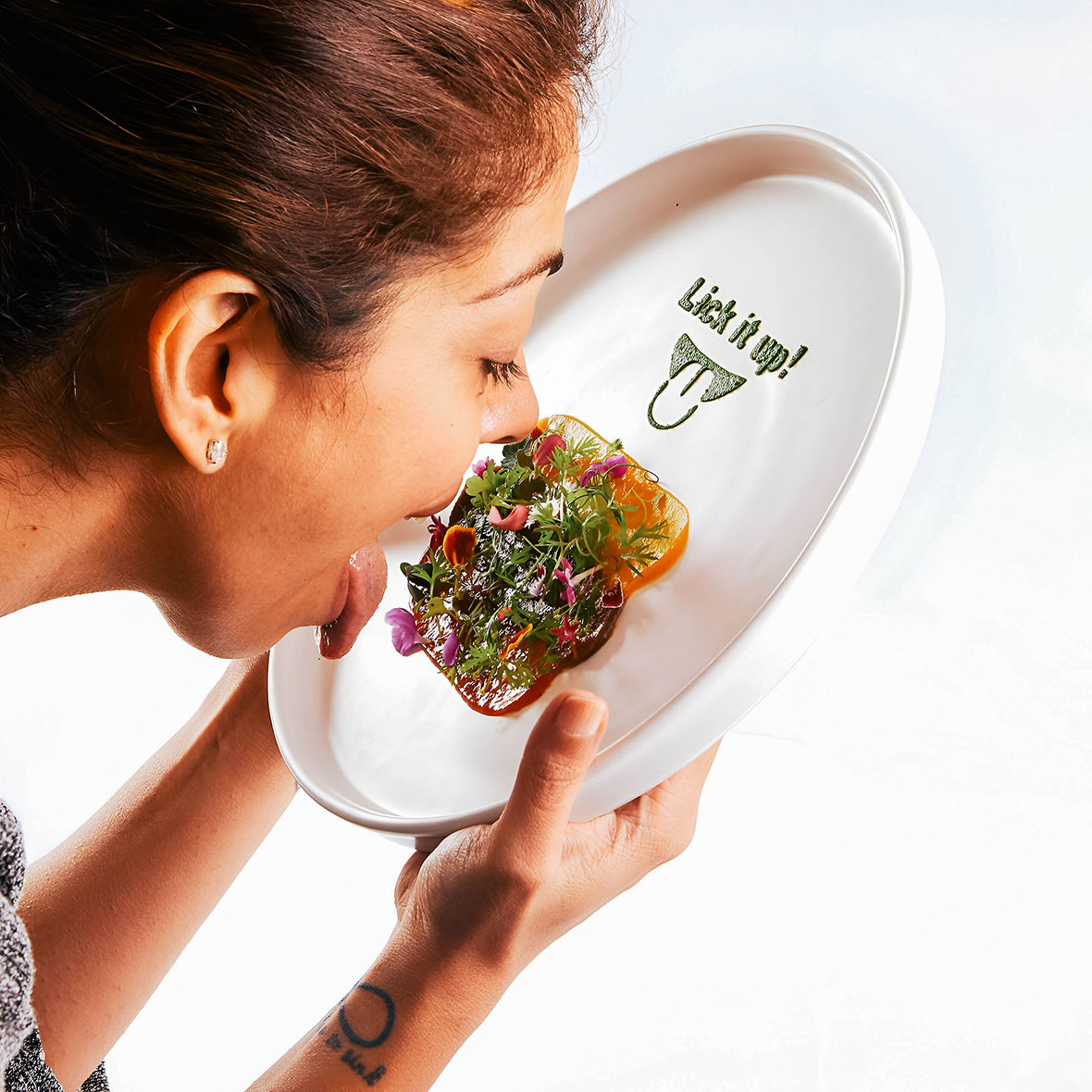
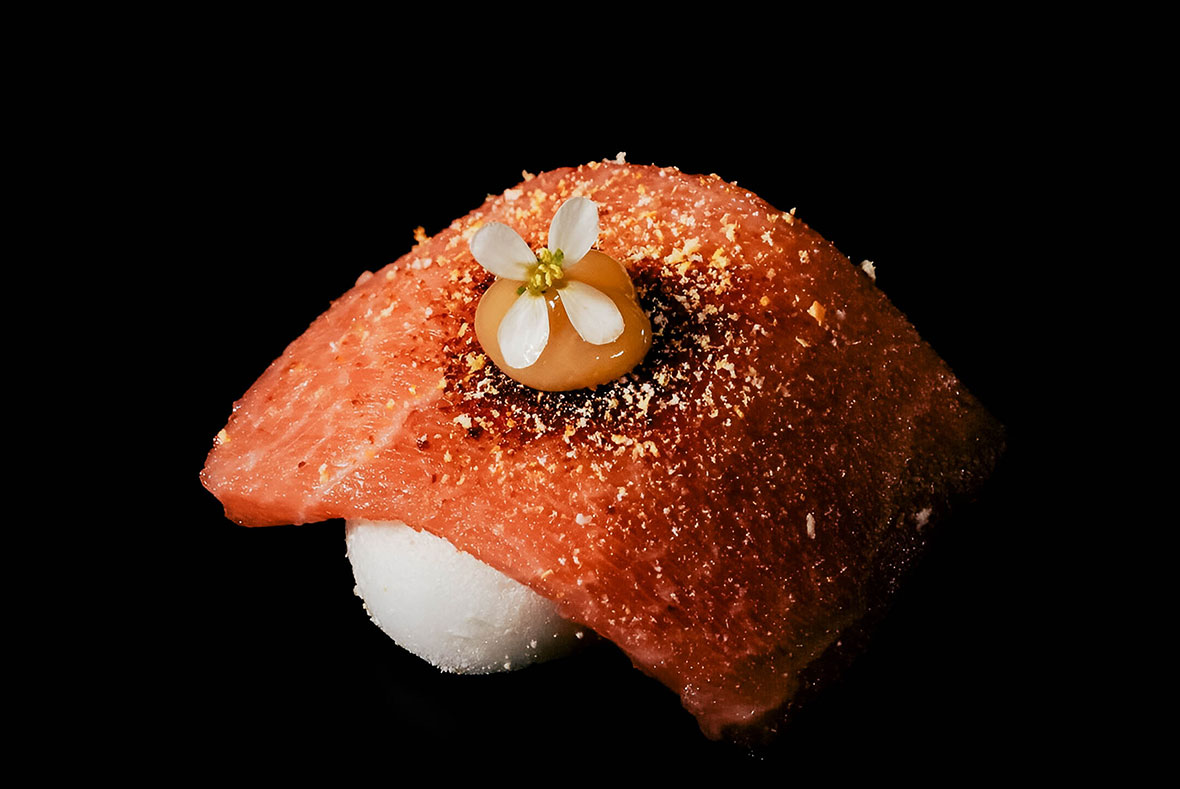
Elsewhere, culinary voyagers navigate choked streets to chow down at a growing contingent of world class restaurants where creativity and a commitment to sanuk – the Thai sense of fun – epitomise the freewheeling energy in Thailand’s charismatic capital.
Bangkok has always been a place where the spiritual is balanced by the earthly. The city is bejewelled with hundreds of temples from humble pagodas to grand complexes. Just as strong as any religious beliefs, however, is the Thai emphasis on sanuk, the idea that life should be enjoyable.
Although deadly serious when the occasion demands it, Thais tend to be very playful at work and in their day-to-day dealings. This unofficial national mantra resonates especially strongly when it comes to food.
Few places on earth are quite as abundant as Bangkok. Long a crossroads for trade and culture from other parts of the world, over the centuries the city has absorbed culinary influences from China, Japan, India, Europe and the Middle East as well as from Thailand’s diverse provinces.
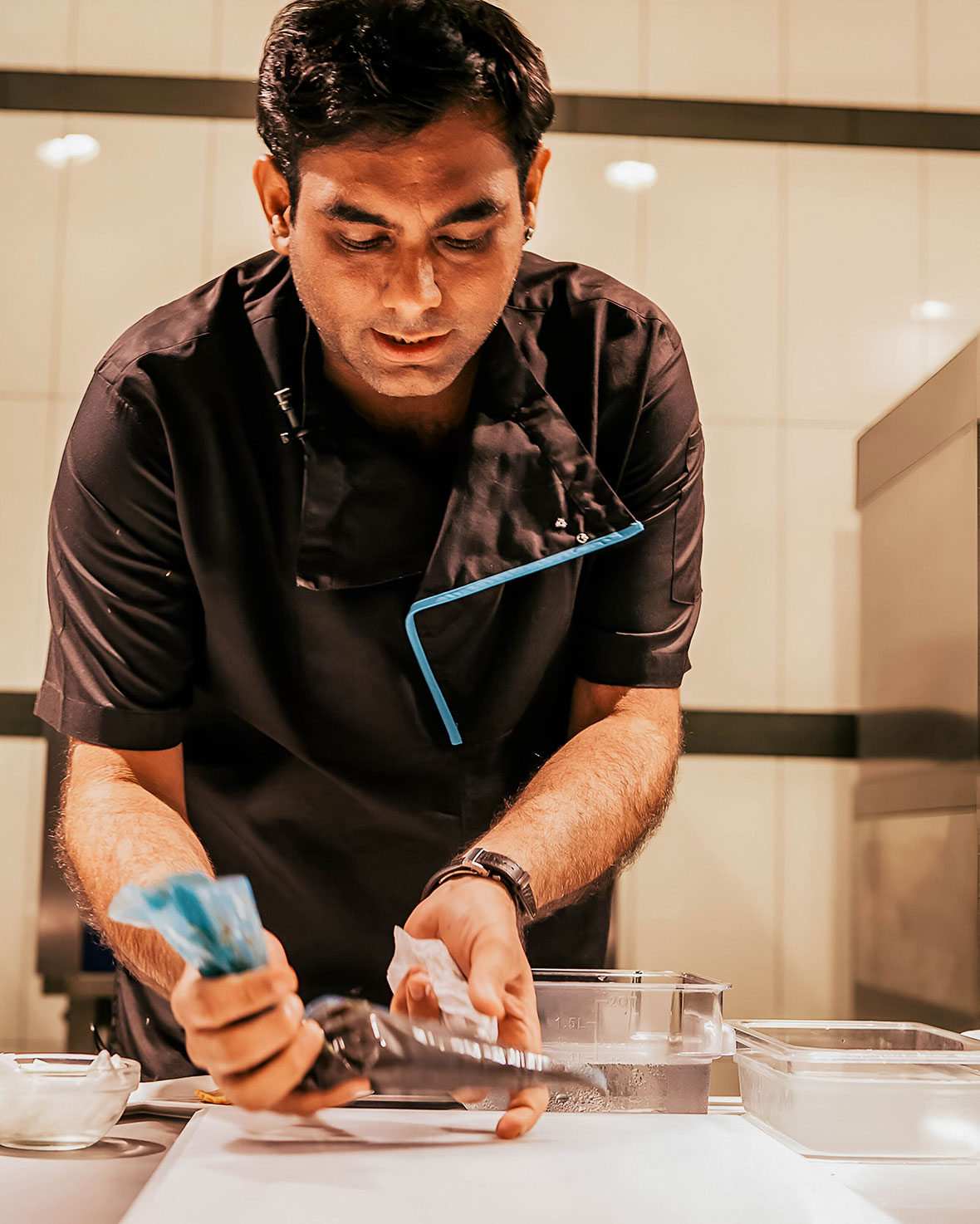
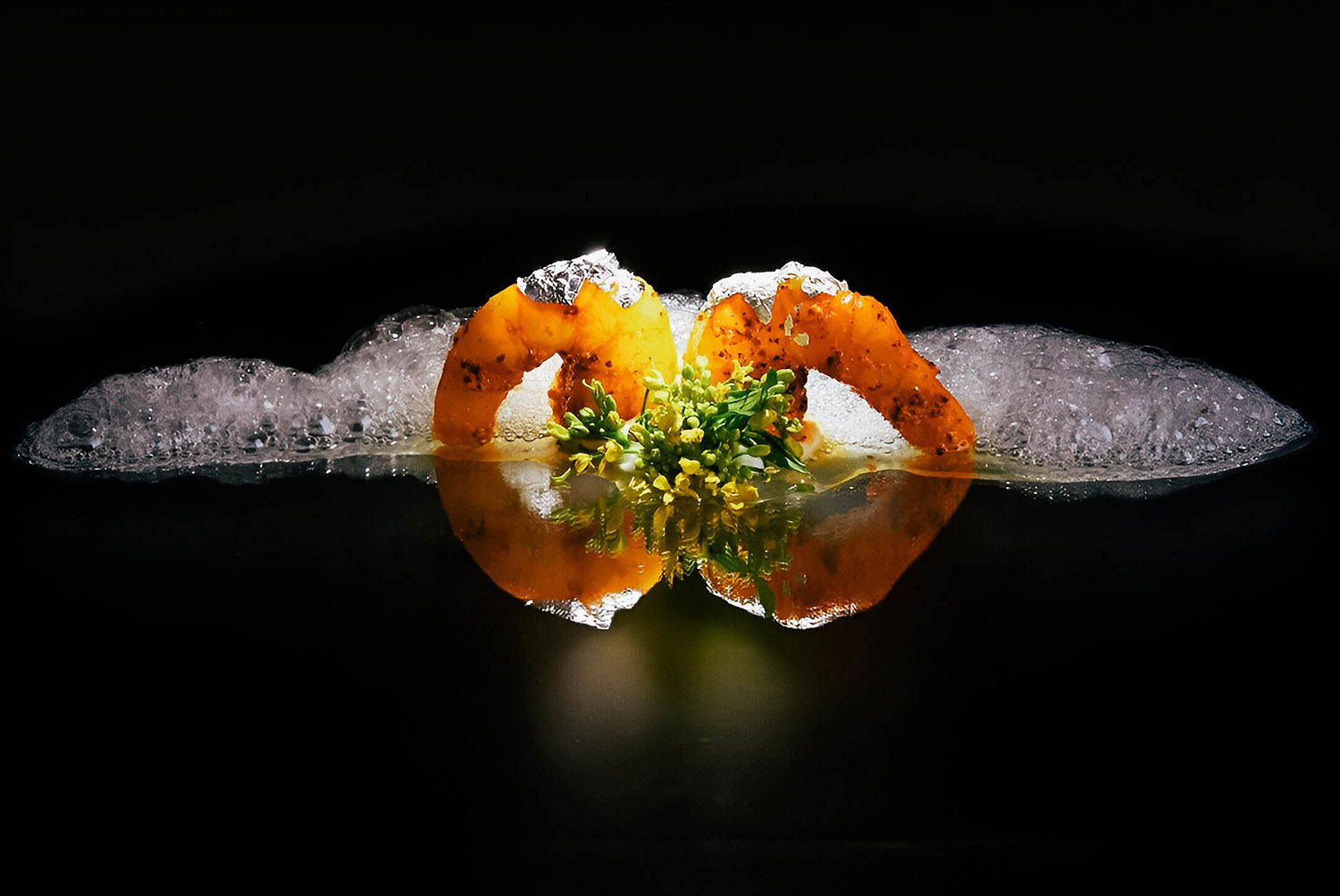
Unsurprisingly, the modern metropolis is as delicious as ever. From pavement vendors serving up banquets for just a few dollars to bustling markets packed with produce and vibrant with colour, the city has a knack for effortlessly whetting appetites.
Indeed, it’s easy to see why Thais have such a zest for eating and why chefs find the city such a stimulating place to hone their art.
This heightened sense of levity has seen the city emerge as one of Asia’s dining powerhouses. A host of boundary-pushers applying liberal portions of sanuk have taken the culinary scene on an ever-more thrilling tack.
Among these pioneers is Gaggan Anand, whose venues in Bangkok have been pilgrimage site for visitors. Inspired by his apprenticeship at the three Michelin-starred El Bulli in Spain, Gaggan applies molecular gastronomy techniques to the cuisine of his native India.
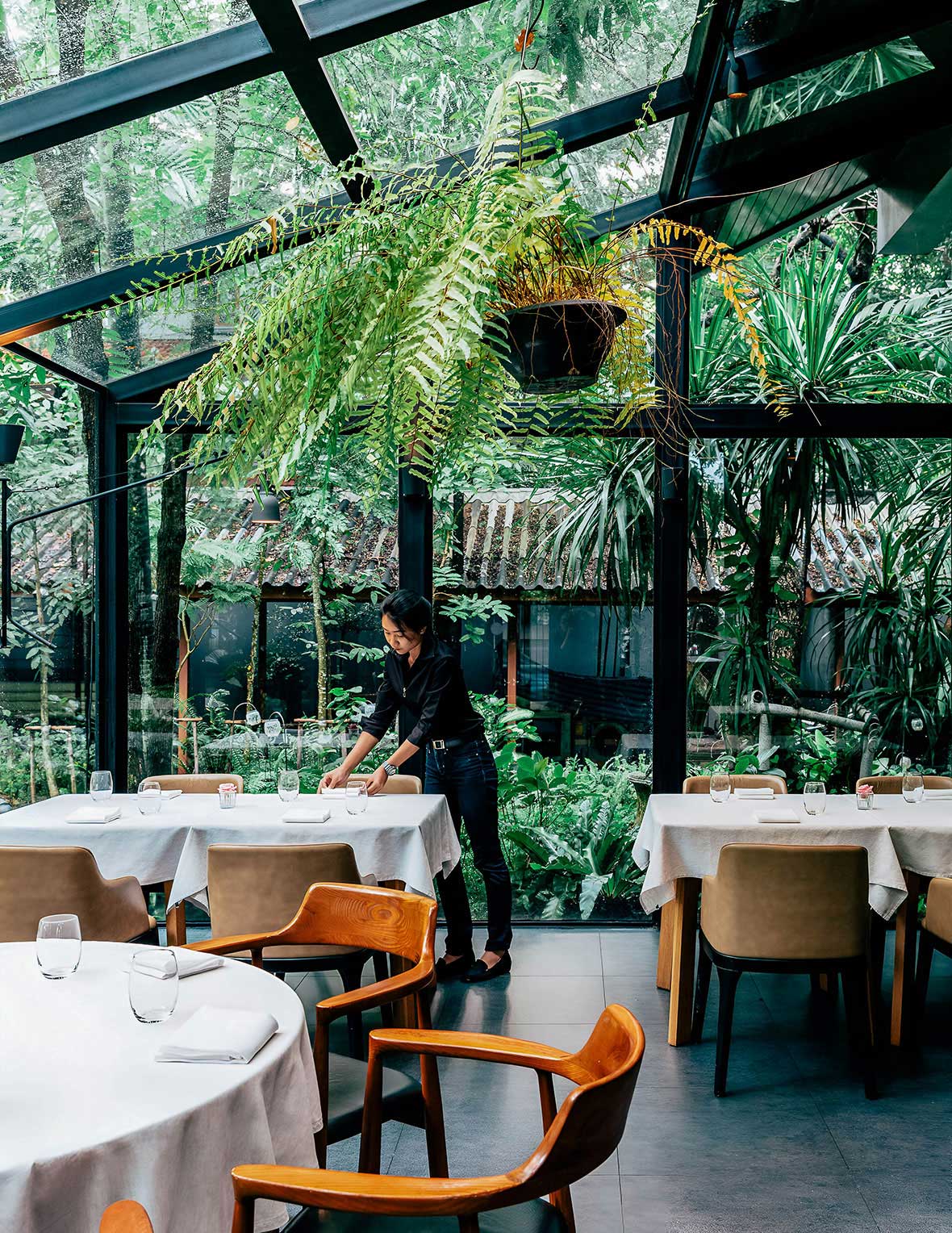
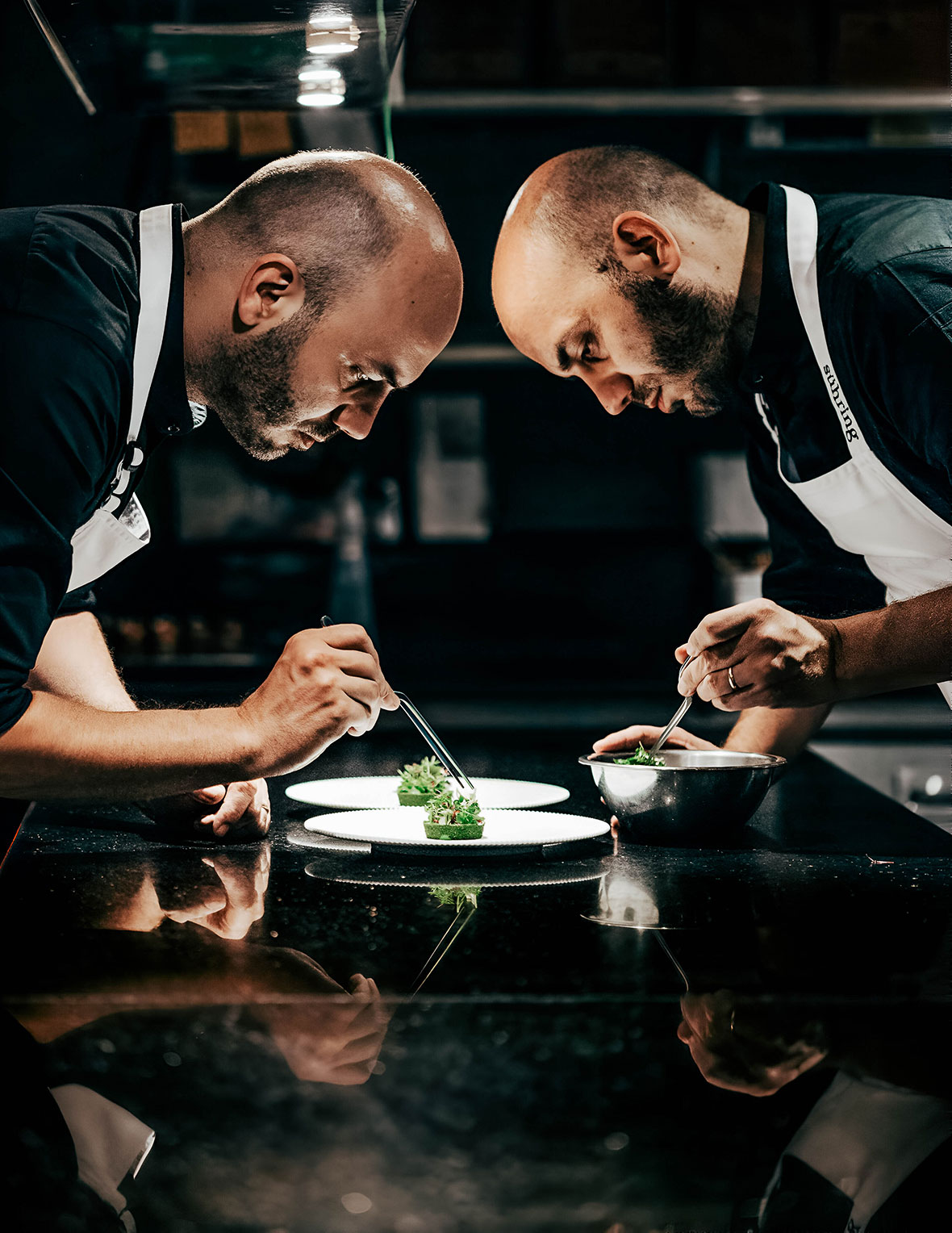
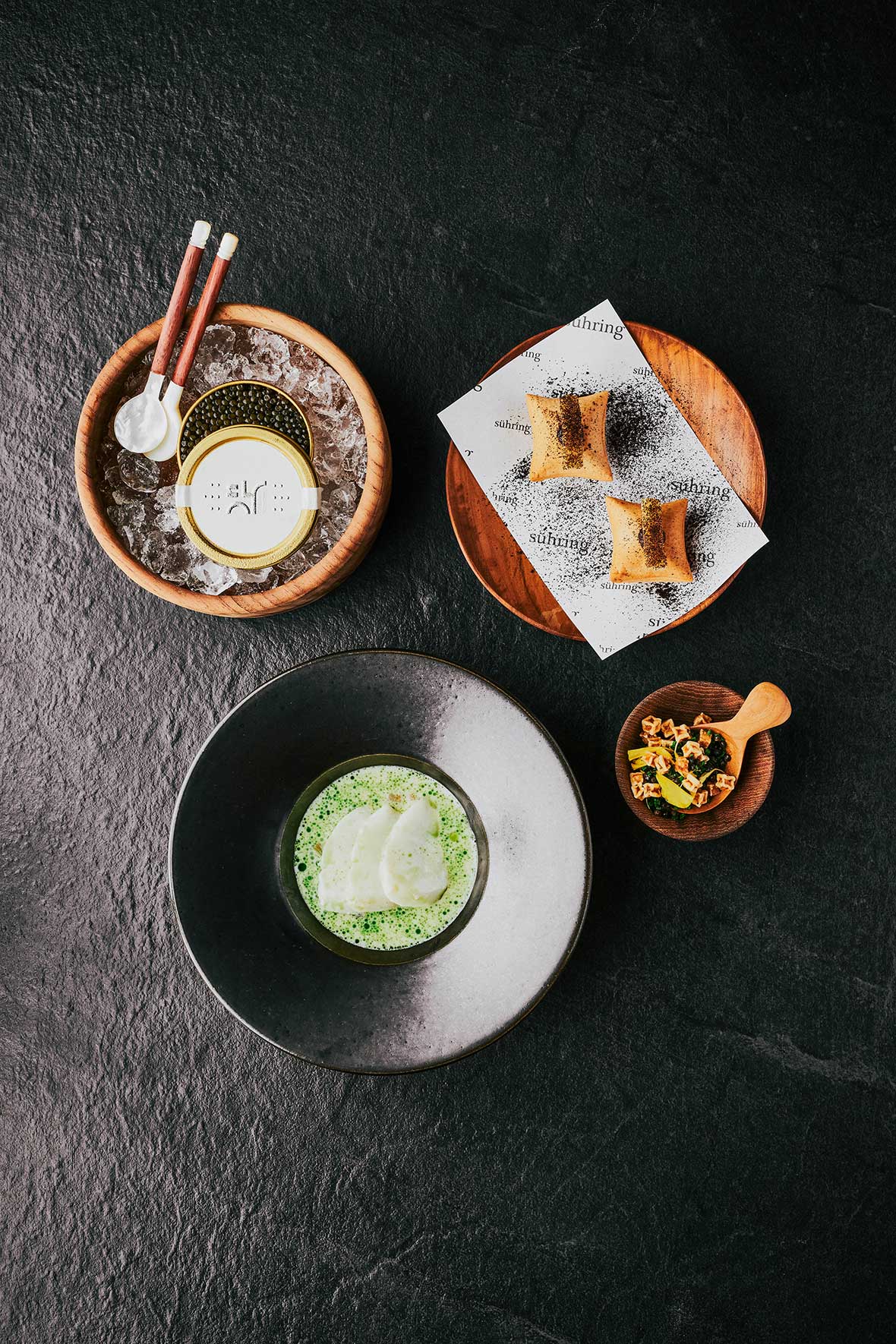
The chef’s ebullient personality is reflected in creations such as his signature Dahli Chaat amuse bouche – an “exploding” yoghurt sphere with chutney and cumin – and a backward spin on a shami kebab where deep fried chickpea is rolled onto a chicken bone and served with apple and tamarind.
Of course, not every chef can be as adventurous (or as talented) as Gaggan. But there’s no doubt that his sense of daring and penchant for food play is emulated by other key players on the Bangkok dining scene.
Over at Suhring, twins Mathias and Thomas Suhring have embraced Thailand’s national philosophy of fun at an acclaimed venture where childhood memories, prime ingredients and German culinary tropes such as curing, smoking and pickling are applied with an imaginative, contemporary touch.
“There’s zero local influence in our food,” says Mathias. “We don’t use lemongrass, Thai basil or fish sauce and chances are we never will – the German flavour palate doesn’t exactly demand it! What is very Thai is the ambience of the restaurant. We wanted to create a place where we can really get imaginative with our cooking and where people can go to unwind and have fun. Currently Bangkok is good for facilitating that kind of thing.”
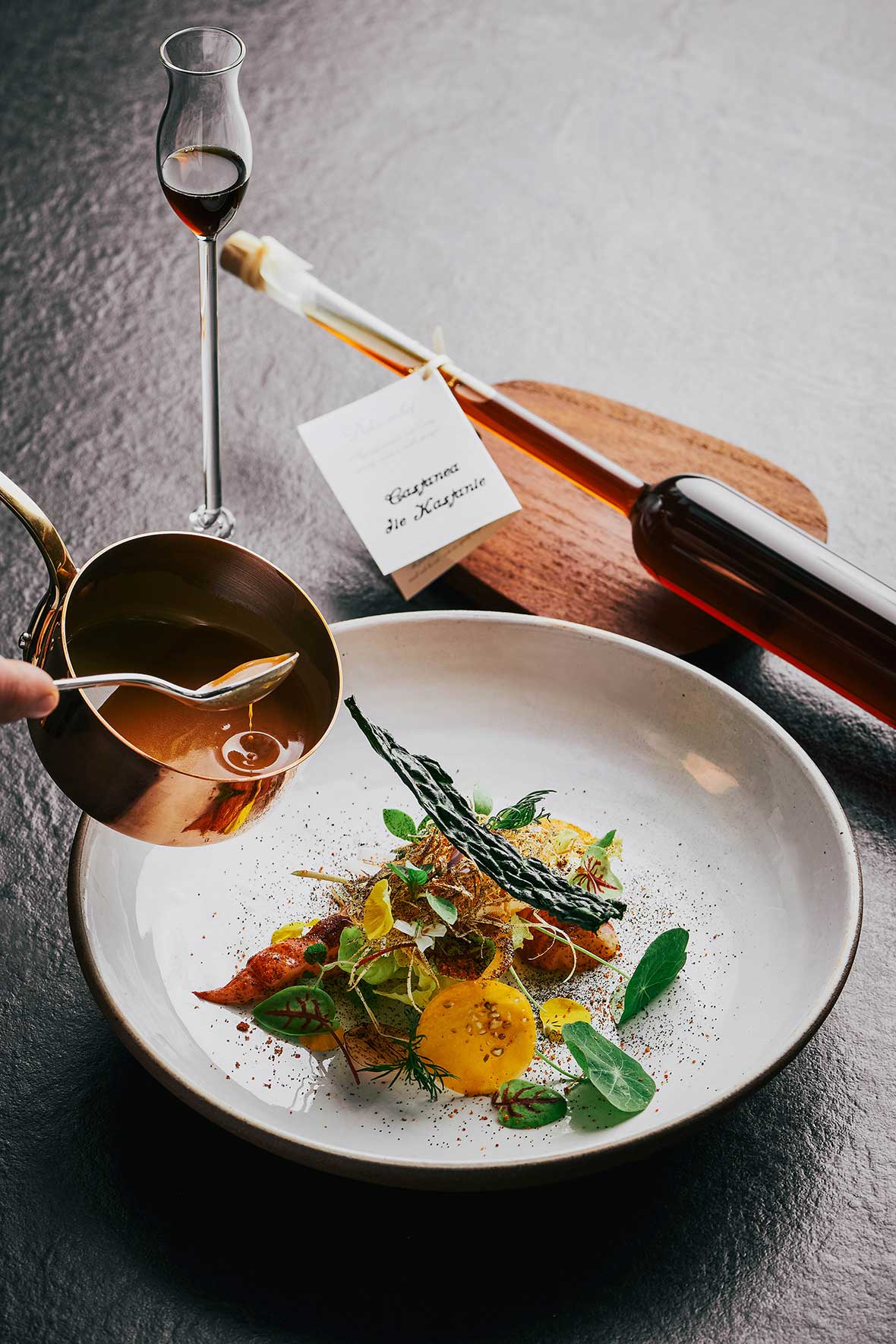
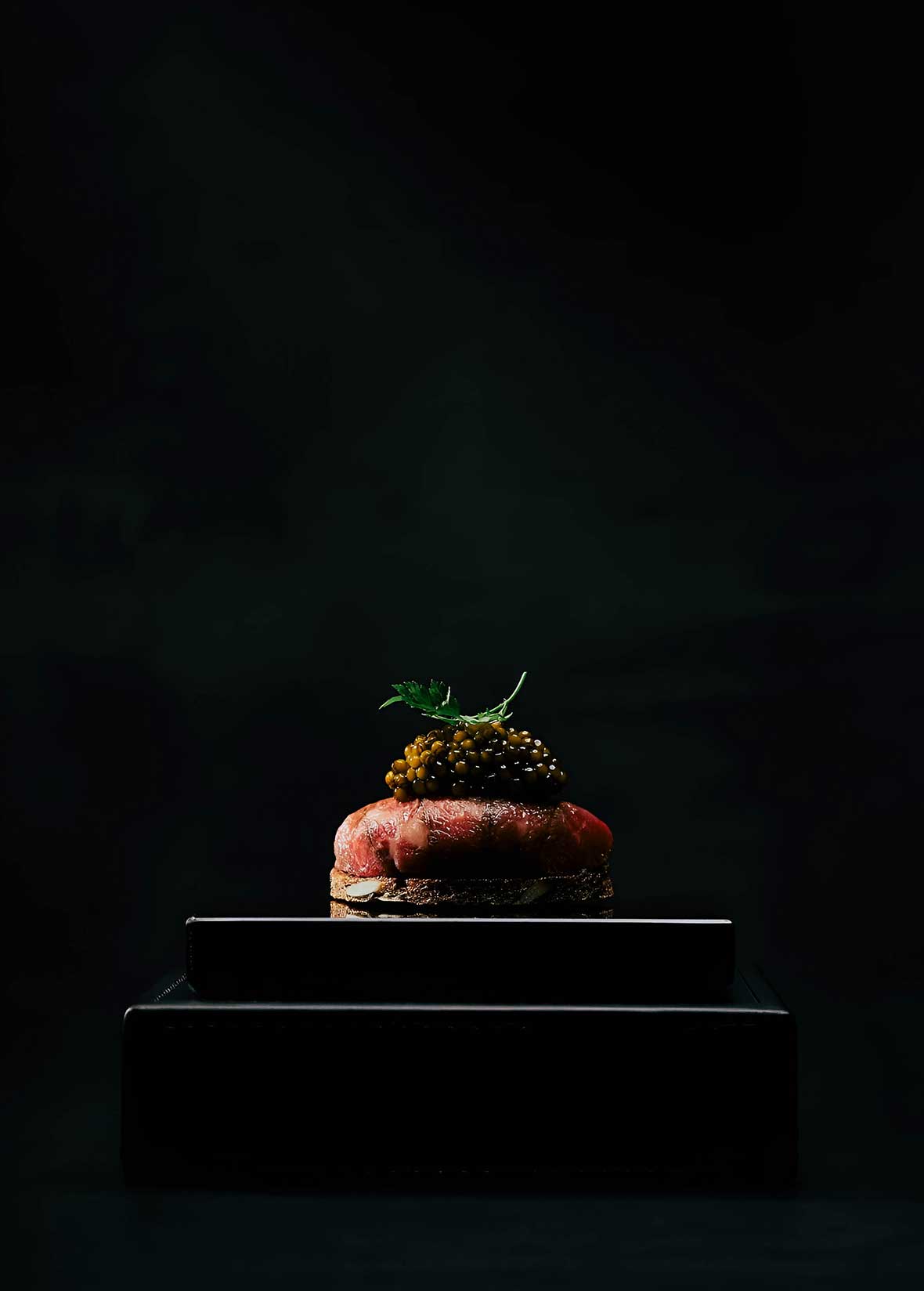
Exuberant touches are evident throughout the dining experience at Suhring. Brotzeit, a course of fresh baked bread and pretzels with butter, dips and house-cured meats, gels with the Thai love of “family-style” sharing food, while a refined take on an old-school Teutonic favourite offers a nod to Clements Wilmenrod, Germany’s first TV chef.
“When we were growing up in Berlin everybody knew Chef Clements,” explains Thomas as he describes Suhring’s version of Toast Hawaii, a Wilmenrod invention comprising a slice of toast with ham, cheese, pineapple, and maraschino cherry.
One might think that archaic creations borne of post-war scarcity in Central Europe would have no place in Bangkok – a resolutely forward-thinking mega-city. However, Wilmenrod is just another unusual ingredient in an eclectic stew of influences percolating in the city’s dining scene.
“It’s just a fantastic place in which to get creative,” says Riley Sanders, the creative visionary at the Michelin-starred Canvas. “There’s scope to relax and stretch yourself which you just don’t have in other cities where there’s much more pressure.”
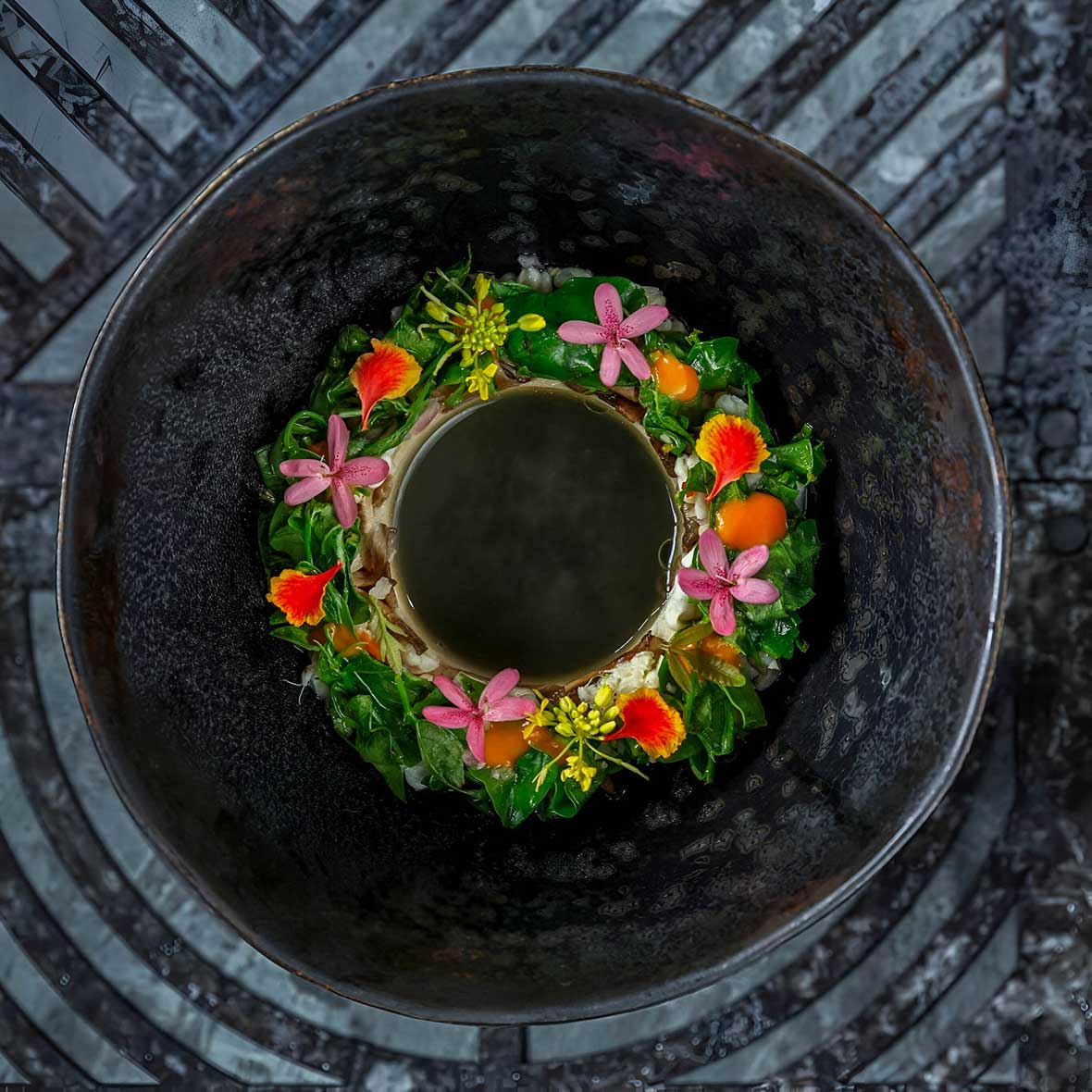
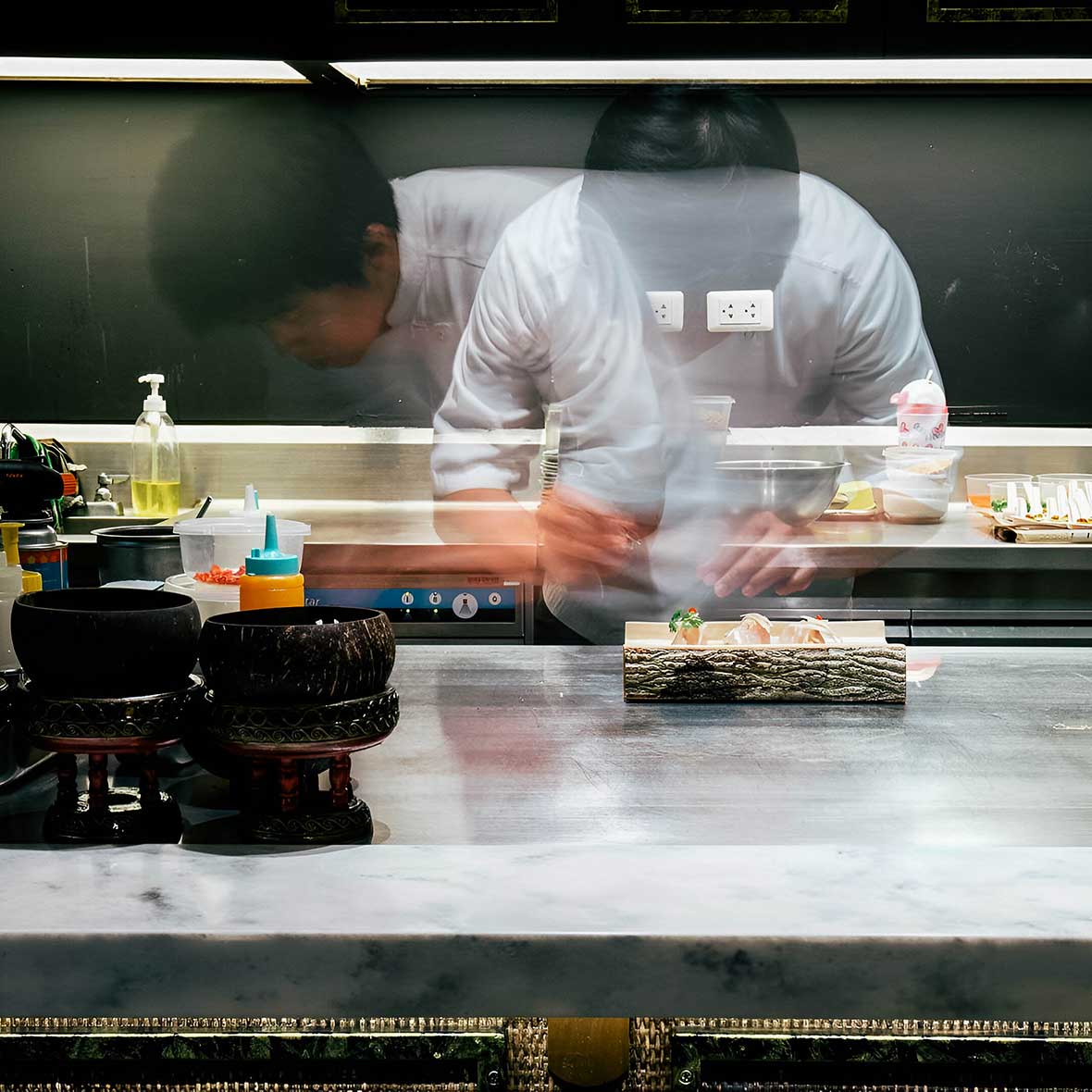
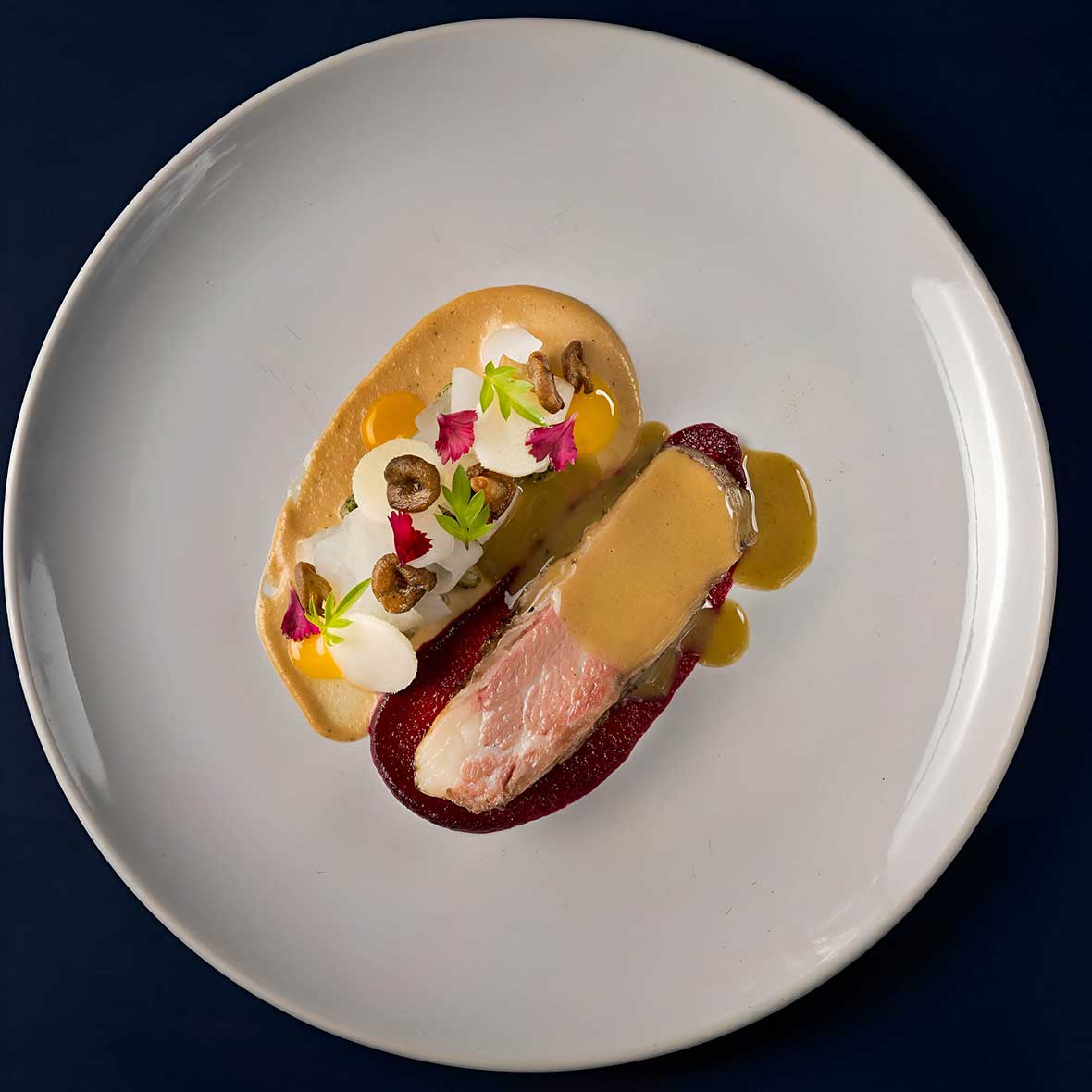
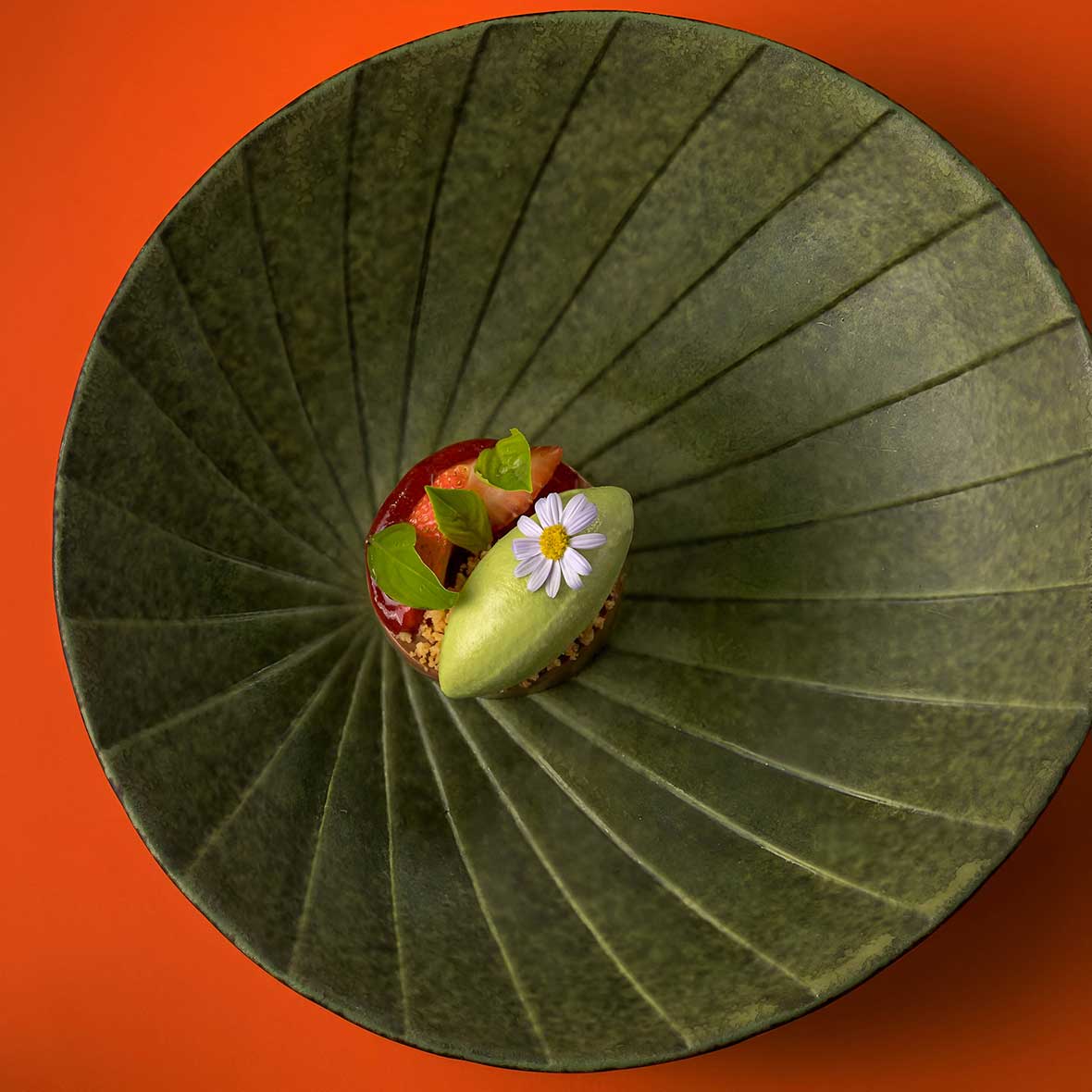
Hailing from Texas, but with experience at kitchens around the globe, Sanders puts his wandering ways to good use in a creative line up of dishes. Influences vary, but as he is grounded in Bangkok, there are strong Thai influences in items such as shrimp noodles dressed in intense seafood sauce and mud crab prepared with lotus root and stem, swamp algae and rice paddy herbs.
It’s not just international food in Bangkok that is benefiting from some realignment of the wheel. Thai chefs and venues too are playing with the tried and tested tenets of traditional fare to put a new spin on their country’s cuisine.
Among these is Thitid “Ton” Tassanakajohn, who is striking a blow for what he calls “progressive Thai cuisine” by combining modern techniques with bold Asian flavours at Le Du.
Born and raised in Bangkok, chef Ton talks fondly about his grandfather’s cooking. He also waxes lyrical about the city’s incredible street food scene, recommending the Udom Suk area where he grew up as a particularly febrile place to chow down al fresco.
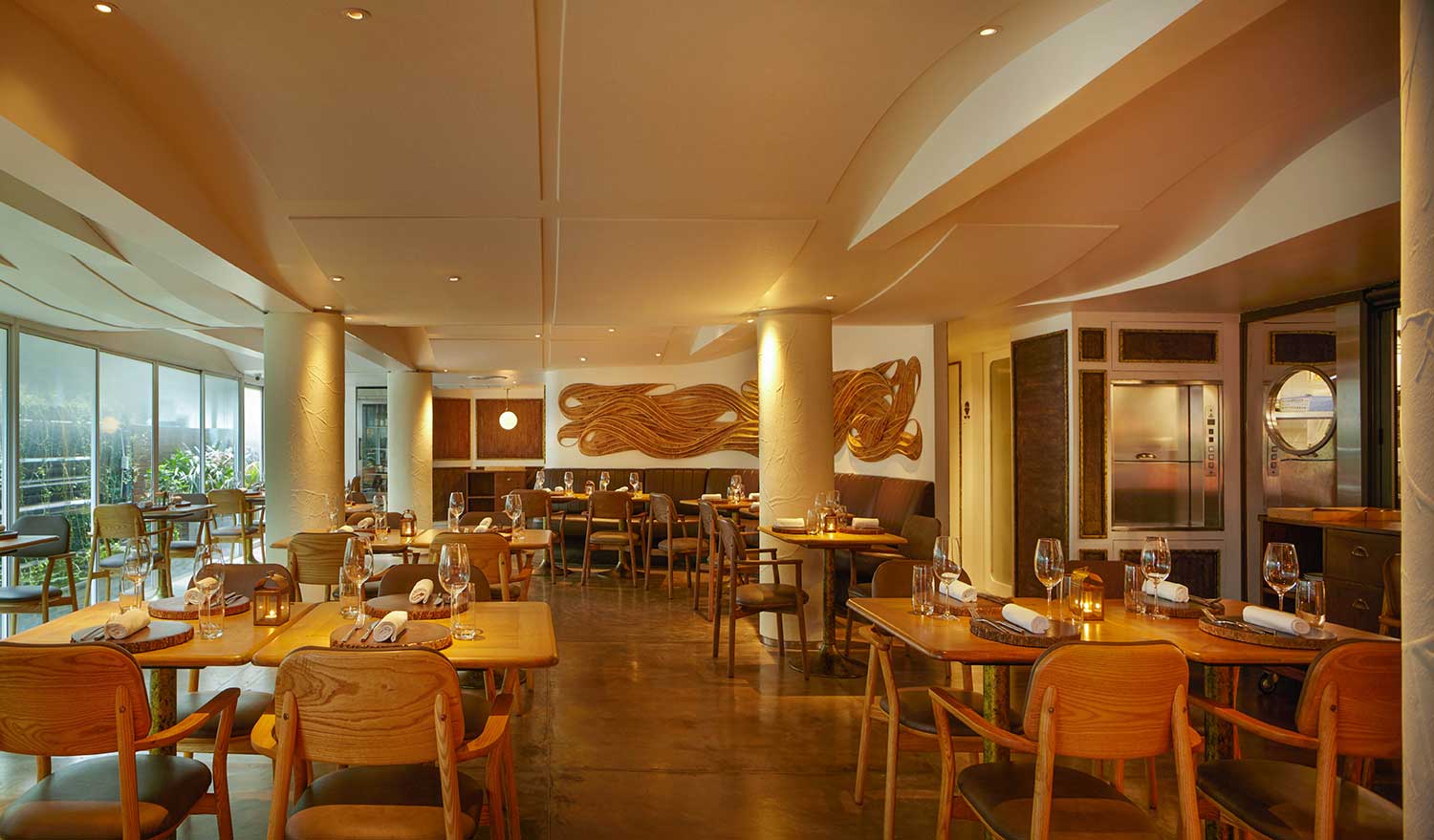
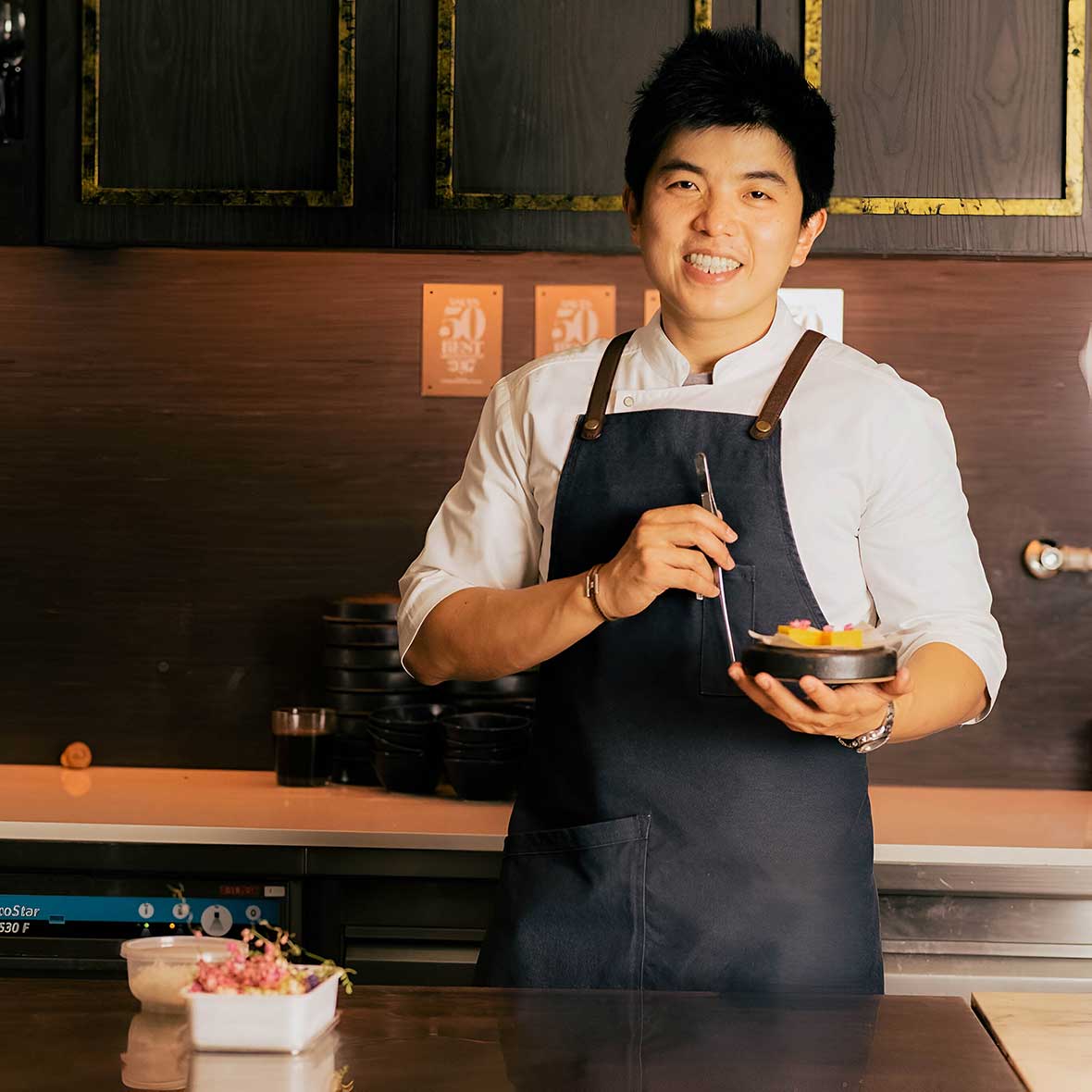
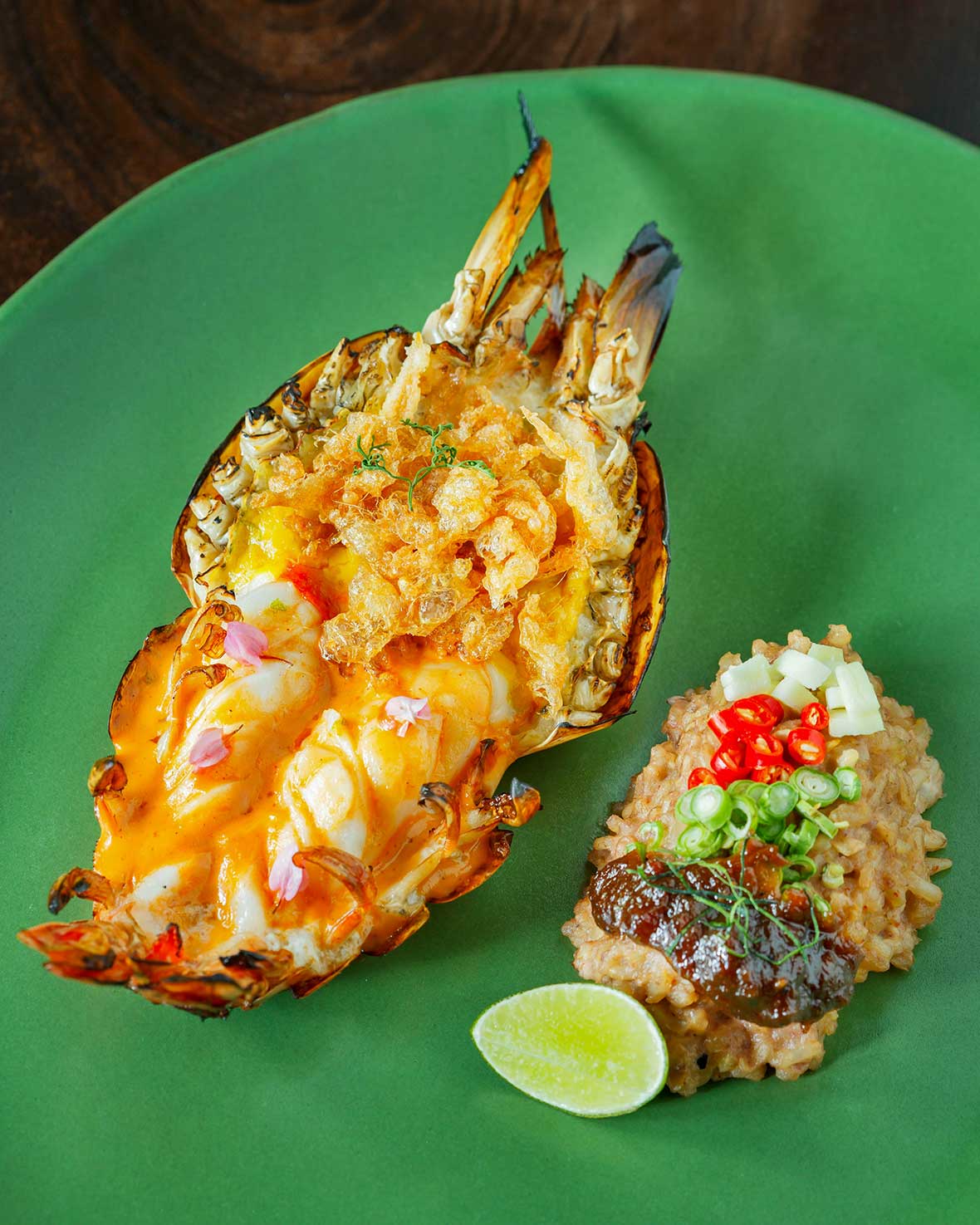
He is a giant reclining-Buddha’s length from being a traditionalist however and his passion for ripping up the rulebook has seen Le Du hailed as one of the most exciting restaurants in the city. Although the chef insists the restaurant is Thai, a painstaking commitment to presentation intuitive approach to flavour combinations in creations like beef with pickled and raw Chinese cabbage and octopus with crab mayo and chorizo make Le Du difficult to categorise.
“I’m happy with that,” concurs the chef. “We don’t ever want to be considered obvious and we want to challenge our customers, while offering them something we are sure that they will appreciate. It helps that my training and experience has given me a good understanding of classic fine dining. I think that’s important. If I was messing around and just throwing a lot of flavours at the wall it would show.”
“Thai people can be resistant to change – especially when it comes to food,” he continues. “I’m as much of a fan of the traditional recipes as the next person, but as a chef it is my responsibility to take the cuisine forward. Whether that means sourcing the best quality produce locally and encouraging Thai farmers to up their game to compete at an international level or approaching local flavours and traditions in a creative way like at Le Du.”
